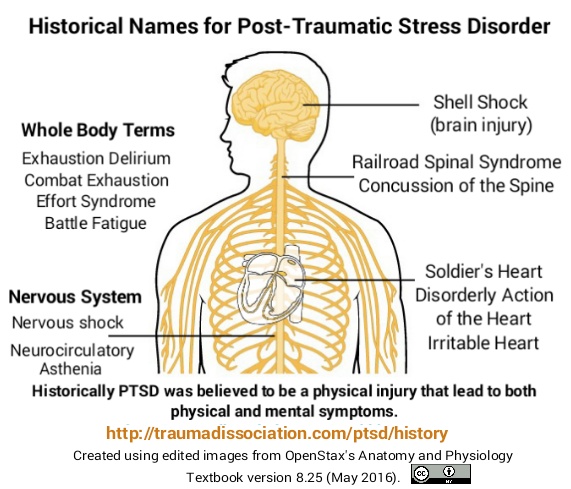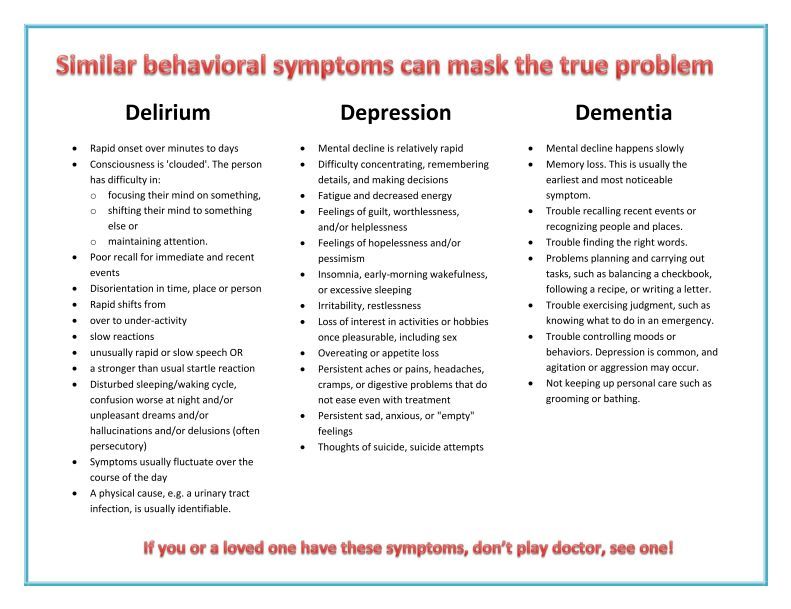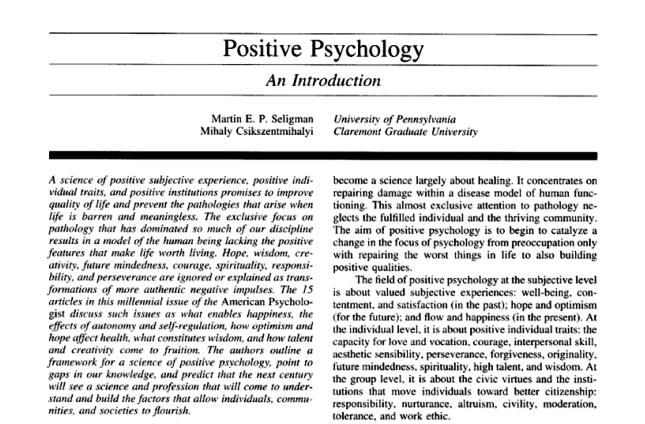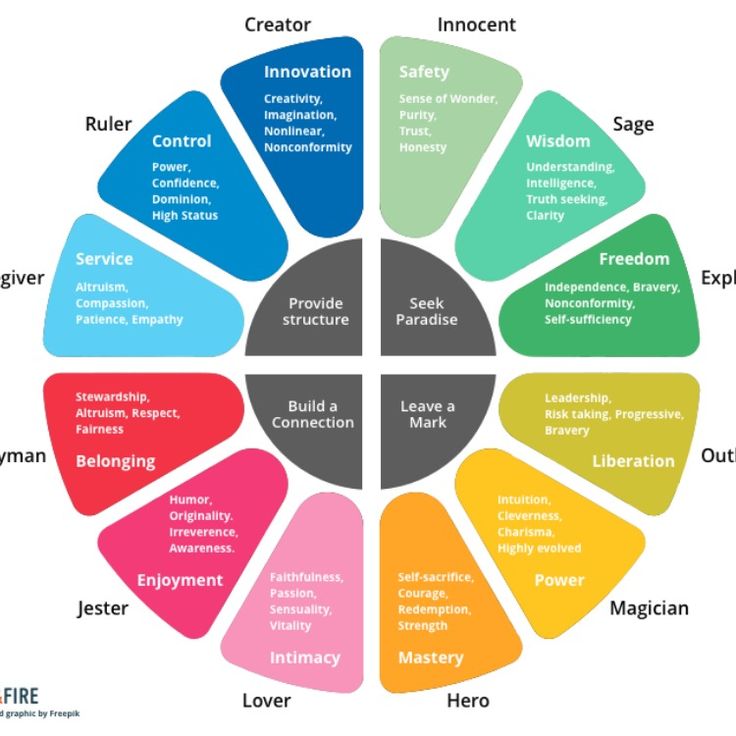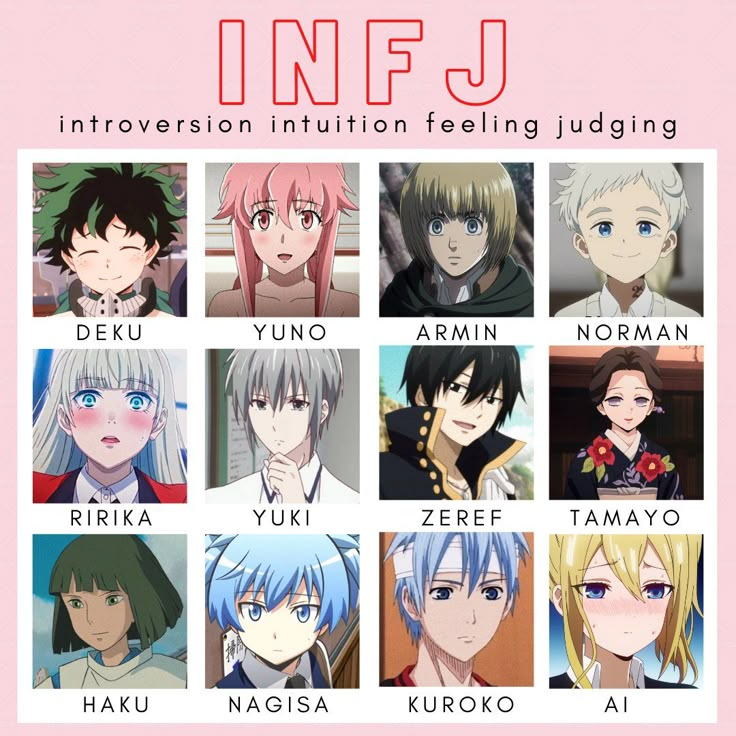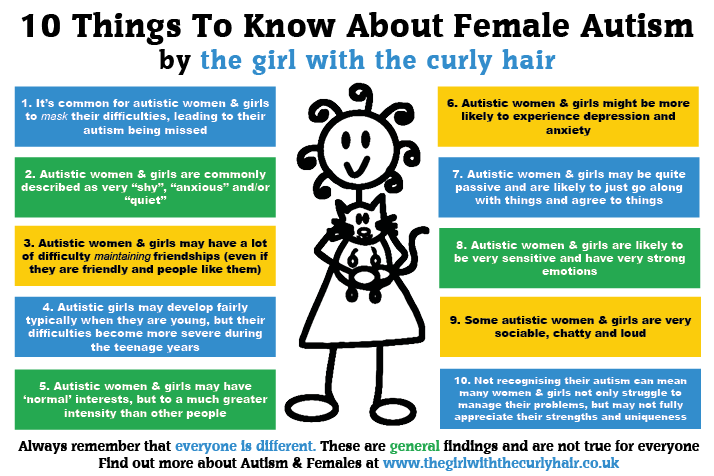Chronic ptsd test
Complex PTSD Test: Do I Have CPTSD?
Every year, 12 million adults develop post-traumatic stress disorder (PTSD). This condition often occurs due to a one-time event such as an accident or natural disaster. But what happens if an individual repeatedly experiences trauma?
Complex post-traumatic stress disorder (CPTSD) results from months or years of traumatic circumstances. Learn what makes complex PTSD unique and become familiar with its symptoms and treatment options.
This test is not a diagnostic tool, nor is it intended to replace a proper diagnosis. Use it only for informational purposes. Mental health conditions should only be diagnosed by a licensed mental health professional or doctor. Regardless of your results from our assessment, you should speak to a doctor about your mental health.
What Is Complex Post-Traumatic Stress Disorder?
The idea of CPTSD originated in the early 1990s to describe the effects of repeated trauma. Experts believe that most CPTSD stems from interpersonal trauma at an early age. Experiences like abuse or neglect during childhood can increase the risk of this development.
CPTSD vs. PTSD
Complex PTSD and standard PTSD are not the same disorder. They often share a similar treatment plan, but CPTSD patients display additional symptoms. The healing journey is also often more complex for individuals struggling with CPTSD.
The main difference is that PTSD occurs because of a singular traumatic incident. The complex subtype results from long-term traumatic circumstances. Its connection to interpersonal trauma also causes lasting relationship issues.
PTSD Symptoms
Since individuals with CPTSD also display PTSD symptoms, it’s vital to be aware of what they are. The most common signs of PTSD include:
- Distressing memories
- Flashbacks of the event
- Nightmares
- Emotional and physical distress
- Avoidance of memory triggers
- Negative thoughts
- Memory loss surrounding the event
- Hopelessness and depression
- Social detachment
- Isolation
- Loss of interest in activities
Individuals experiencing PTSD also develop increased hypervigilance and startle response.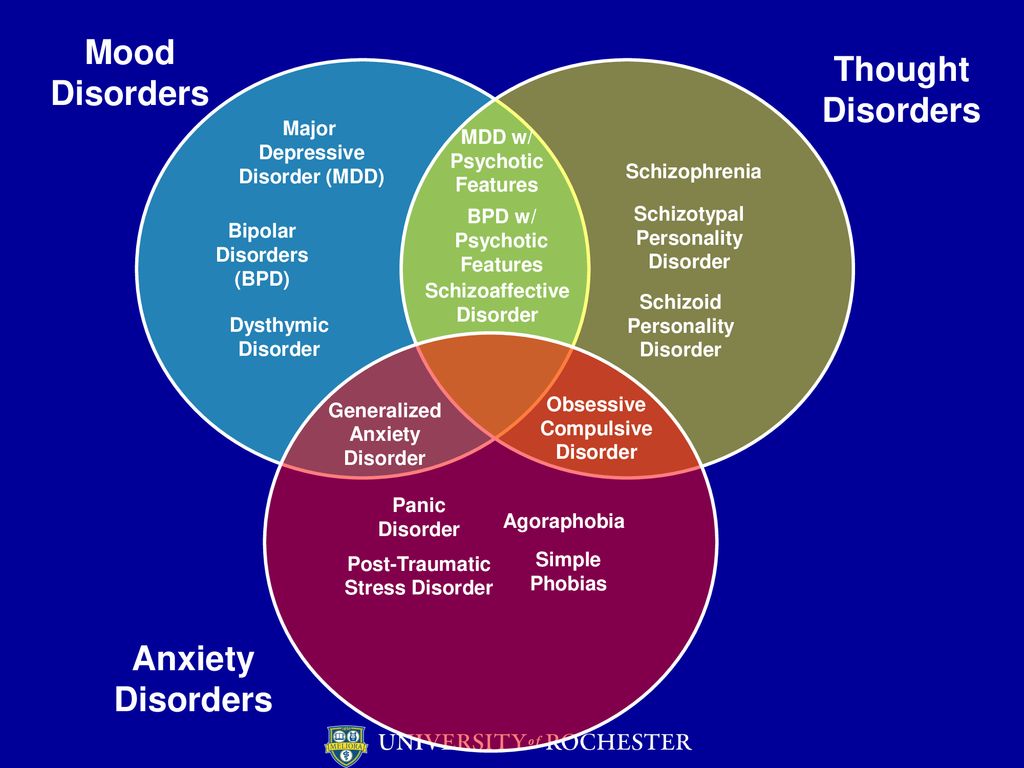 They may be easily frightened, leading them to be constantly on edge. Self-destructive behaviors can become coping mechanisms, including:
They may be easily frightened, leading them to be constantly on edge. Self-destructive behaviors can become coping mechanisms, including:
- Drug and alcohol abuse
- Reckless driving
- Thrill-seeking
- Unsafe sex
- Volatile relationships
Children who develop PTSD might engage in role-play to deal with their trauma. They may re-enact the event or use their toys to act out aspects of the occurrence. Children are especially prone to nightmares surrounding the trauma.
Complex PTSD Symptoms
Those who experience complex PTSD also display the above-mentioned symptoms.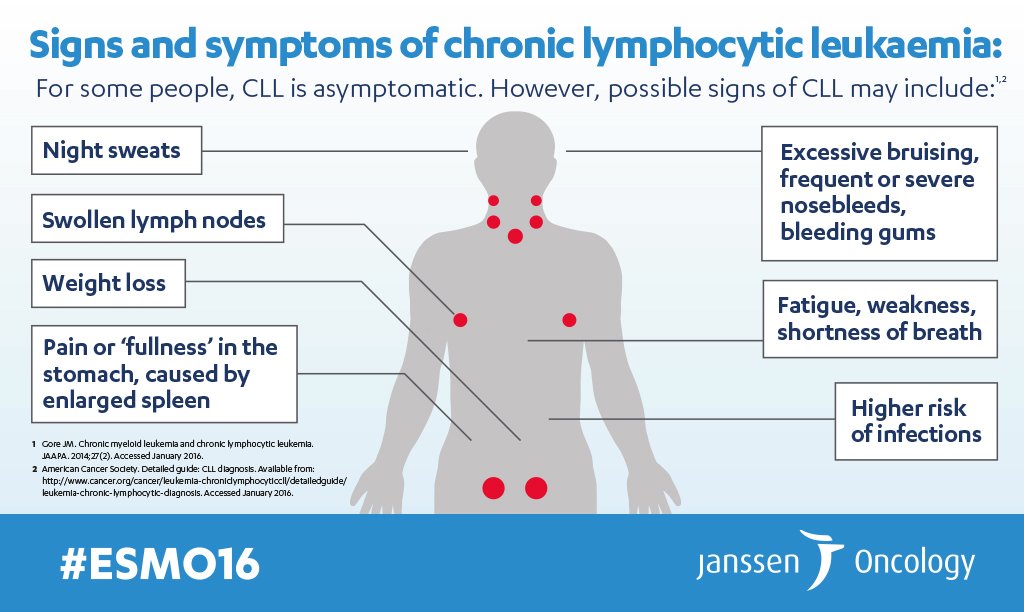 But complex PTSD comes with its own set of signals, including:
But complex PTSD comes with its own set of signals, including:
- Self-esteem issues
- Feelings of shame and guilt
- Lack of trust
- Relationship problems
- Physical pain
- Self-harm
- Suicidal thoughts
A profound symptom of complex PTSD is emotional dysfunction. Patients are often very sensitive to stress and struggle with reactive anger. They go through intense fits of sadness and cannot feel happiness.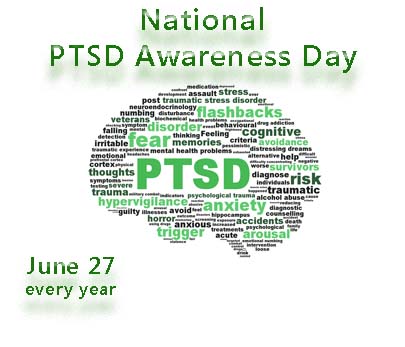
One major study found that 93.5% of CPTSD participants felt worthless, and 92.2% felt guilty about the event. But the PTSD responses showed that only 20.8% felt worthless and 43.1% felt guilty. This discrepancy reveals how differently trauma is processed within the two disorders.
The same study showed that individuals with CPTSD were more likely to be impulsive. They also had higher tempers, more mood changes, and elevated paranoia.
Causes of CPTSD
Complex PTSD is a relatively new addition to the Diagnostic and Statistical Manual of Mental Disorders (DSM-5). Researchers are still trying to pin down the specific causes of CPTSD. We do know that trauma can have a significant impact on the brain.
Animal studies show that it affects the hippocampus, amygdala, and prefrontal cortex. It can also affect neurochemical levels, particularly norepinephrine and cortisol.
These regions are critical for memory function and our stress response. The two affected neurochemicals also play a significant role in stress response. The result is long-term emotional dysfunction and heightened levels of stress.
The result is long-term emotional dysfunction and heightened levels of stress.
CPTSD is most common in people who have gone through abuse at the hands of their caregiver. This person might have been a parent, close family member, or an authority figure. But other long-term traumatic experiences also contribute to CPTSD, including:
- Living in war zones
- Being a prisoner of war
- Torture or violence
- Kidnapping, slavery, or trafficking
- Childhood neglect or abandonment
- Prolonged exposure to domestic violence or abuse
- Physical, sexual, or emotional abuse (at any age)
Additionally, complex PTSD symptoms may be more severe if:
- Trauma occurs in early childhood
- Events were on-going
- There was a close relationship with the abuser
- Escape from the situation was impossible
- Multiple traumas occurred
The occurrence of mental and physical conditions also increases the risk of developing CPTSD.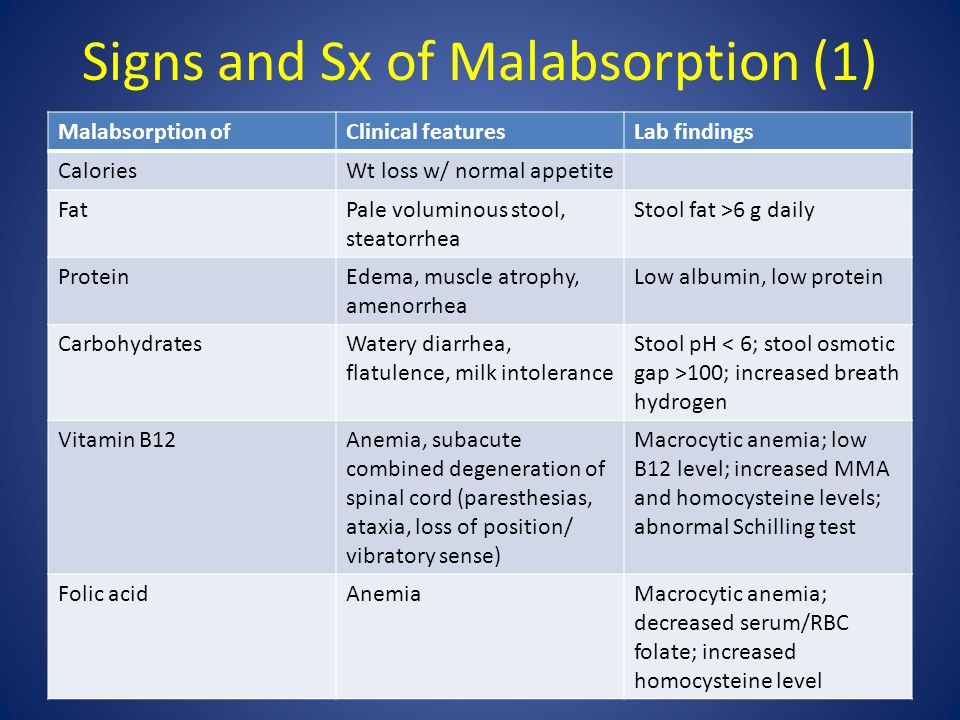 Studies showed that people with complex CPTSD were more likely to have:
Studies showed that people with complex CPTSD were more likely to have:
The studies concluded that complex PTSD is often more debilitating than PTSD. It has higher co-morbidities and may be tougher to treat.
Getting a Diagnosis for Complex PTSD
Diagnosing CPTSD isn’t as straightforward as one would hope. Many doctors aren’t familiar with it because it’s a newer disorder. It’s often mistaken for PTSD or even borderline personality disorder (BPD).
The first step to receiving the proper treatment is getting an accurate diagnosis. Once diagnosed, individuals can decide if they want an in-patient or outpatient program. Since there’s no specific test for CPTSD, patients need to prepare for their appointment.
To help the doctor accurately diagnose the disorder, patients should ensure they:
- Keep track of all symptoms
- Note when symptoms began
- Keep an eye on any changes in symptoms
- Record the intensity of each symptom
- Identify what their triggers are
The doctor will likely ask about past traumatic events.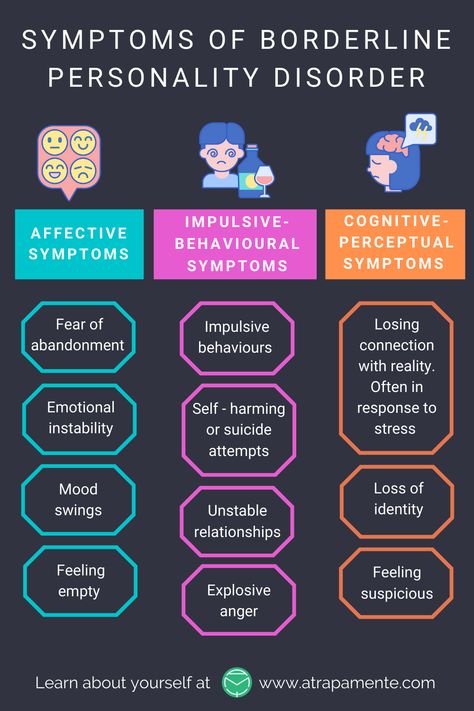 There’s no pressure to provide in-depth information at the first appointment. They will also inquire about family and medical history to rule out other issues.
There’s no pressure to provide in-depth information at the first appointment. They will also inquire about family and medical history to rule out other issues.
Being open about medication, drug use, and alcohol consumption is critical. This information can help the doctor create an individualized treatment plan. Some people need a dual diagnosis and its corresponding remedies.
CPTSD Treatments
Most facilities offer both in-patient and outpatient programs. The choice depends on the patient’s symptom severity and co-occurring disorders.
Inpatient Treatment
In-patient treatment requires individuals to live at the facility. The length of stay varies depending on their progress. But usually, treatment lasts for several months and up to a year.
These programs offer the convenience of 24-hour access to medical staff. They also provide a more intensive schedule of therapies and opportunities to join support groups. In-patient treatment is ideal for individuals with severe symptoms and those who need more structure.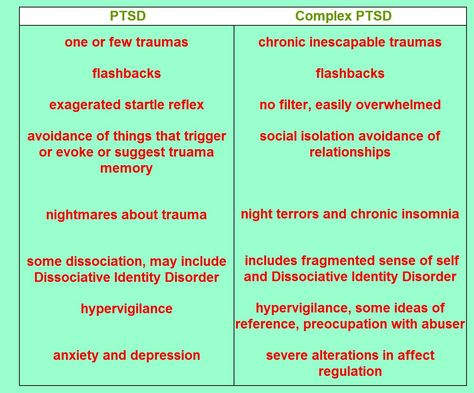
But in-patient treatment can be more expensive. It also requires patients to take time off from their careers, studies, and families. But many facilities work with various insurance companies to cover some or all of the costs of treatment.
Outpatient Treatment
Those who can’t afford to put their lives on hold can opt for outpatient treatment. It involves weekly visits to the facility for therapy and interventions. The number and length of visits depend on the patient’s situation.
Outpatient treatment can last weeks, months, or years. Some people also join support groups once they’ve completed their treatment. Many continue to see their psychologist at the facility for years.
Methods of Treatment
Treating CPTSD involves several different methods, including medication and therapy. Having a solid support group is essential for keeping patients on track. Self-help approaches and lifestyle changes can also help reduce symptoms.
Medication
There’s no specific medication for complex PTSD.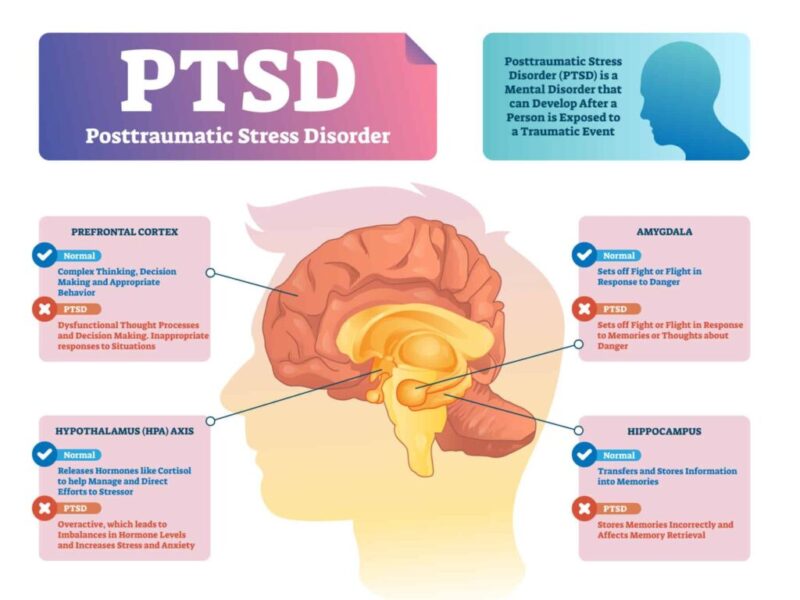 The doctor may prescribe a combination of pills to treat underlying symptoms instead. Anti-depressants are a popular medicine for CPTSD because they can balance neurotransmitters.
The doctor may prescribe a combination of pills to treat underlying symptoms instead. Anti-depressants are a popular medicine for CPTSD because they can balance neurotransmitters.
Depending on the patient’s needs, the doctors may also prescribe sleeping medication. CPTSD often severely impacts sleep cycles, so patients may find this medicine helpful. Antipsychotics can be an option if hyperarousal symptoms are present.
Medication is a helpful tool for reducing symptoms, but it won’t fix complex PTSD. It can be much more effective when combined with individual and group therapy. Medication is also not a long-term solution, so dealing with the root cause should be the focus.
Therapy
Cognitive Behavioral Therapy (CBT) focuses on changing thought patterns to alter moods and actions. It can help identify triggers that cause intense symptoms. CBT then provides a framework for dealing with these thoughts.
CBT is especially helpful for people with complex PTSD because it teaches them how to deal with sudden stressful situations. Coping methods like journaling and meditation are typical tools.
Coping methods like journaling and meditation are typical tools.
Dialectical behavioral therapy (DBT) is another form of therapy beneficial for CPTSD. It’s a type of CBT created for people with intense emotions. DBT helps patients understand and manage their feelings in healthier ways.
Eye Movement Desensitization and Reprocessing (EMDR)
EMDR is a newer treatment for PTSD that may also work for CPTSD. The American Psychological Association recommends this method but says more research is needed. It involves using rhythmic eye movements to desensitize patients to traumatic memories and feelings.
Self-Help Approaches
Beyond therapy and medicine, self-help approaches can benefit individuals with CPTSD. These usually include:
- Proper nutrition
- Daily exercise
- Expressive activities
- Local support groups
Holistic programs like art therapy, yoga, and equine therapy can help balance mood and inspire hope.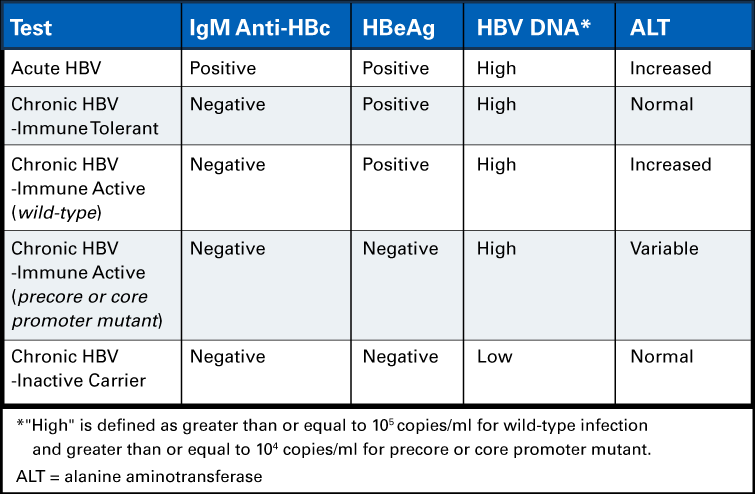 These therapies also help patients meet like-minded people and bond over similar experiences.
These therapies also help patients meet like-minded people and bond over similar experiences.
Living with complex PTSD can be frightening, challenging, and frustrating. Re-living the same traumatic memories and experiencing complex PTSD symptoms affect an individual’s physical and mental health. The first step toward healing is receiving an accurate diagnosis.
What is Complex PTSD? - MHA Screening
People often develop posttraumatic stress disorder (PTSD) after experiencing a single, brief traumatic event—like a car accident, a natural disaster, or a violent attack. But trauma comes in many forms. People who experience continuous trauma over a long period of time may develop a special type of PTSD called Complex PTSD, or C-PTSD.
Types of long-term trauma that may cause C-PTSD include:
- Physical and emotional abuse
- Racism, sexism, homophobia, transphobia, and other forms of marginalization
- Sex work and human trafficking
- War, including prisoner-of-war camps
- Ethnic cleansing, which may include forced migration and concentration camps
Long-term trauma can interfere with a person’s ability to cope with day-to-day life.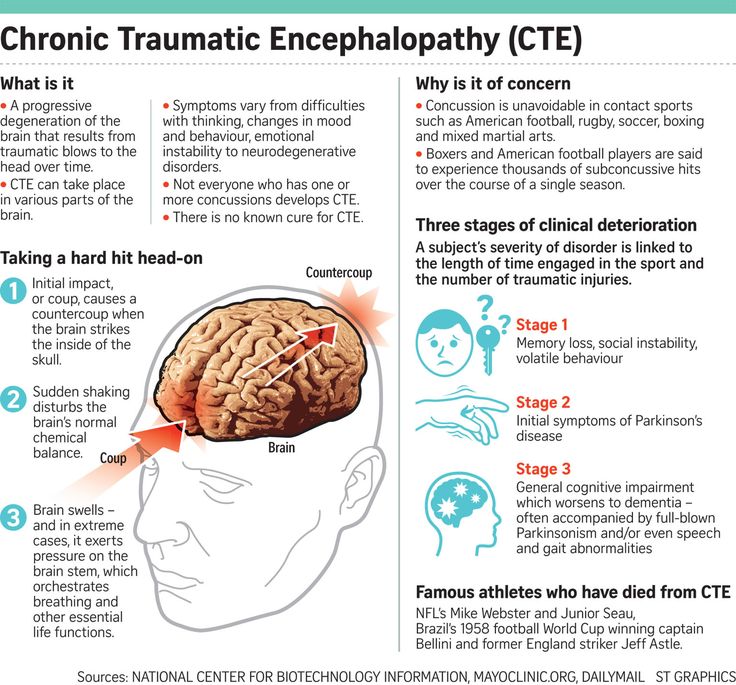 This is especially true when these things are experienced during childhood. Children’s brains are still developing, and they have not yet learned the coping skills they need to live a well-adjusted life. They often think what they are experiencing is normal, and may not realize they’re experiencing trauma until much later.
This is especially true when these things are experienced during childhood. Children’s brains are still developing, and they have not yet learned the coping skills they need to live a well-adjusted life. They often think what they are experiencing is normal, and may not realize they’re experiencing trauma until much later.
It’s also possible to have both PTSD and C-PTSD—for example, if you were abused as a child, but also experienced a traumatic car accident.
What does Complex PTSD look like?
Complex PTSD affects people in 7 “domains”:
- Attachment: trouble developing healthy boundaries; isolating yourself; not trusting other people
- Biology: chronic pain and other medical problems; lack of coordination
- Emotional regulation: trouble labeling and expressing your feelings
- Dissociation: memory loss; feeling detached from your own mind or body; trouble knowing what is real
- Behavioral control: impulse control; trouble following rules or making decisions; anger problems; eating disorders; misusing drugs and alcohol
- Thinking: trouble concentrating, learning, or completing tasks
- Self-concept: feeling like you don’t know who you are; low self-esteem or body-image; guilt and shame
There’s a lot of overlap with the classic symptoms of PTSD.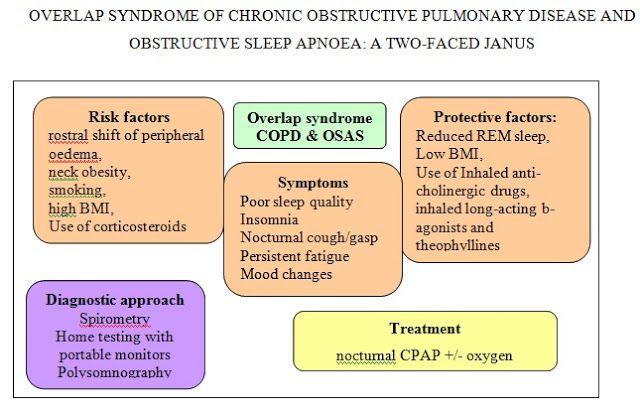 But there’s also overlap with other mental health conditions, like depression, anxiety, sleep disorders, and attention-deficit/hyperactivity disorder (ADHD). People who experience complex trauma are at a higher risk for all of these conditions. It may be hard to treat them without addressing the underlying trauma.
But there’s also overlap with other mental health conditions, like depression, anxiety, sleep disorders, and attention-deficit/hyperactivity disorder (ADHD). People who experience complex trauma are at a higher risk for all of these conditions. It may be hard to treat them without addressing the underlying trauma.
How is Complex PTSD treated?
Like other mental health conditions, Complex PTSD can be treated using a combination of therapy, mindfulness, lifestyle changes, and medication. Some important treatment goals include:
- Developing emotional regulation skills
- Working through your trauma and identifying how it continues to affect you
- Learning to think and act in new, healthier ways
- Managing anxiety and stress
Show References
- Cloitre et al. (2011). Treatment of complex PTSD: Results of the ISTSS expert clinician survey on best practices. Journal of Traumatic Stress 24(6). Retrieved from https://doi.org/10.
 1002/jts.20697
1002/jts.20697 - Cook et al. (2005). Complex Trauma in Children and Adolescents. Psychiatric Annals 35(5), pp. 390-398. Retrieved from https://doi.org/10.3928/00485713-20050501-05
➤ Post Traumatic Stress Disorder (PTSD) Diagnosis: Online Test
1. Repeating, restless memories, images, thoughts about the stressful situation you have experienced
at all
a little
quite strong
2. Repeated, alarming dreams about stress events
not at all
a little
moderately
strong
very strong
3. Suddenly you felt or acted as if you were re-experiencing the stressful situation (as if you actually came back and revived it)
not at all
a little
moderately
strong
very strong
4. Feel very upset when something reminds you of the stress you experienced
not at all
a little
moderately
severely
very severely
5.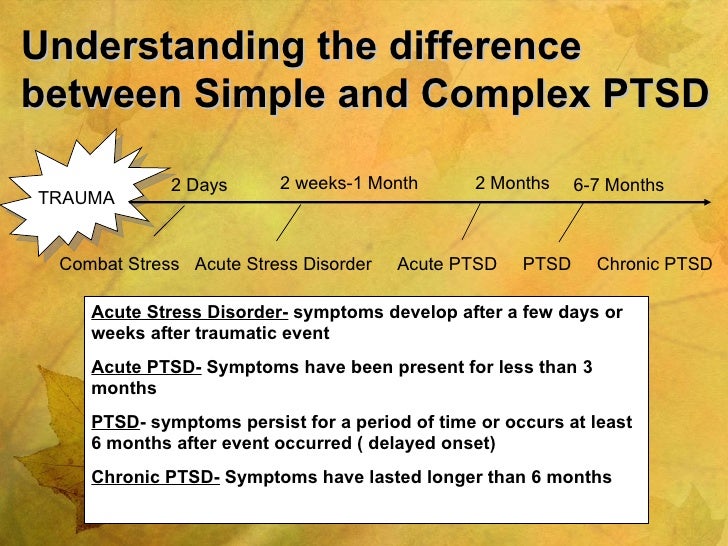 Strong physiological reactions when something reminds you of the stressful experience (eg, rapid heartbeat, shortness of breath, sweating)
Strong physiological reactions when something reminds you of the stressful experience (eg, rapid heartbeat, shortness of breath, sweating)
none at all
slightly
moderately
strong
very strong
6. Avoided memories, thoughts or feelings related to the stress experienced
not at all
a little
moderately
severely
very severely
strongly
very strongly
8. It was difficult to remember important episodes of the stressful event
not at all
a little
moderately
strong
very strong
9. You could not get rid of negative ideas about yourself, other people or the world around you (for example, thoughts such as: “I am bad; something is wrong with me; no one can be trusted ; the whole world around is dangerous…”)
not at all
a little
moderately
severely
very severely
10.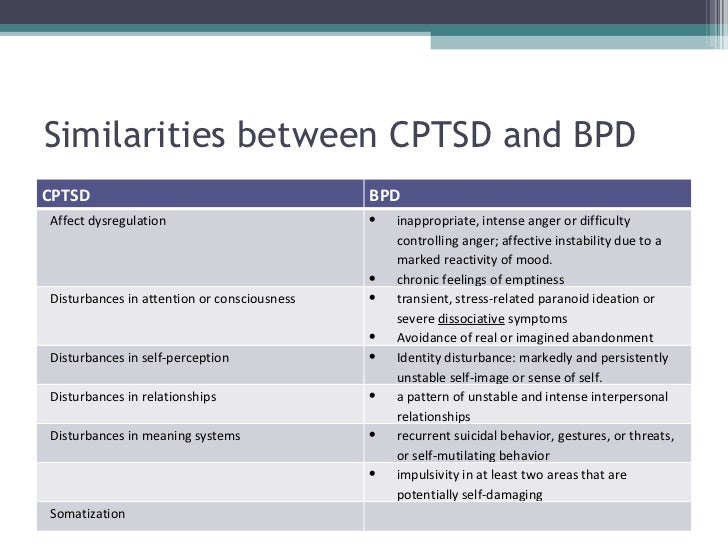 Have you blamed yourself or someone else for what happened or for what happened after that
Have you blamed yourself or someone else for what happened or for what happened after that
Not at all
A little
Moderately
Strongly
Very strongly
strong
very strong
12. Loss of interest in what used to please you
not at all
a little
moderately
strong
very strong
problems with positive emotions (for example, inability to feel happiness or love for loved ones)
not at all
a little
moderately
a lot
very strong
15. Annoyance, outbursts of anger, or aggressive actions
not at all
a little
moderately
strongly
very strong
very much harm you
not at all
a little
moderately
severely
very severely
0005
Absolutely not
a little
strong
very strongly
18. They felt nervousness,
They felt nervousness,
strongly
strongly
very strong 9000 9000 9000 19. difficulty concentrating
not at all
a little
moderately
severe
very severe
20. Could not sleep or woke up often
not at all
a little
moderately
severely
very severely
ᐈ PTSD Diagnosis ~【Post Traumatic Stress Disorder】
Post-traumatic stress disorder, or PTSD, is a severe mental condition that progresses as a result of a single or recurring event that has a negative impact on a person's mental health. Symptoms of PTSD can appear immediately or several months after the injury.
The likelihood of developing post-traumatic stress disorder is the same for patients of different age groups. The main risk factor is the severity of the injury, the initial state of the psyche, psychological and biological predisposition.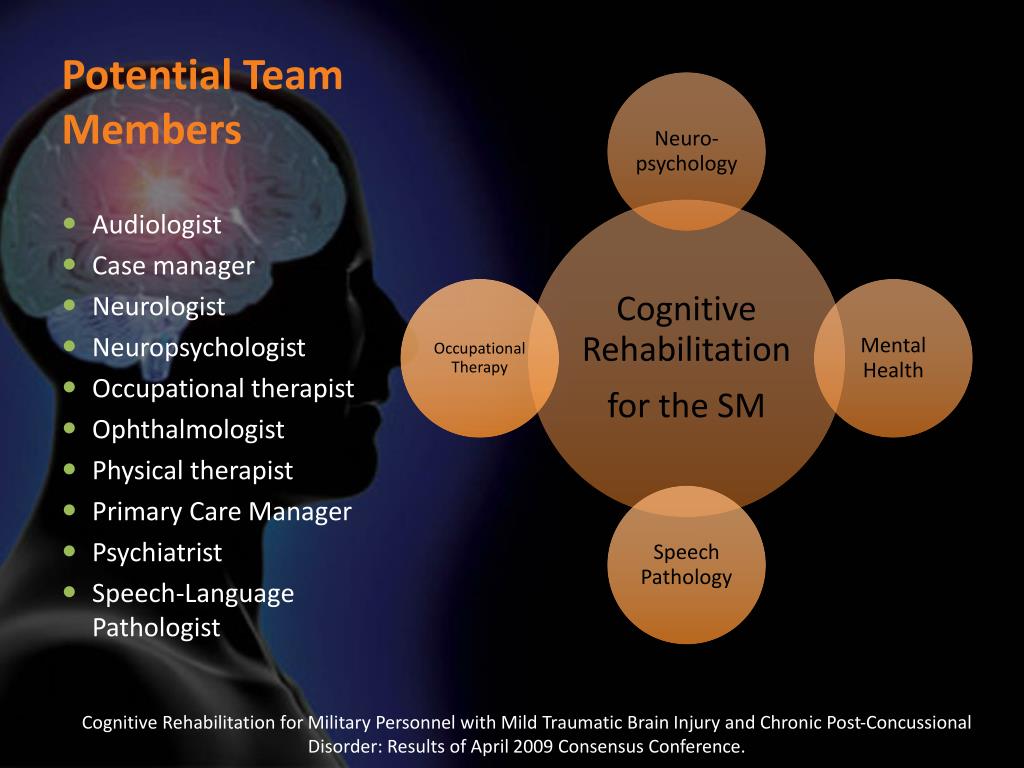
Vidkriti Zgornuti
Classification
In the modern classification, 4 types of post-traumatic syndrome are distinguished:
Acute.
Appears in the first days after a stressful situation. Symptoms appear very brightly within 2-3 months.
Chronic.
Characterized by a gradual increase in signs of pathology, exhaustion of the nervous system, changes in character and interests.
Deformation.
Manifested in patients with a long-term chronic mental disorder. Progress leads to the formation of phobias, neuroses, feelings of anxiety.
Delayed.
The clinical picture becomes apparent 3-6 months after the injury. Various external stimuli can provoke the progress of PTSD.
There are also 3 stages of PTSD: acute, chronic and delayed.
In the first case, this is the period of the beginning of an extreme situation.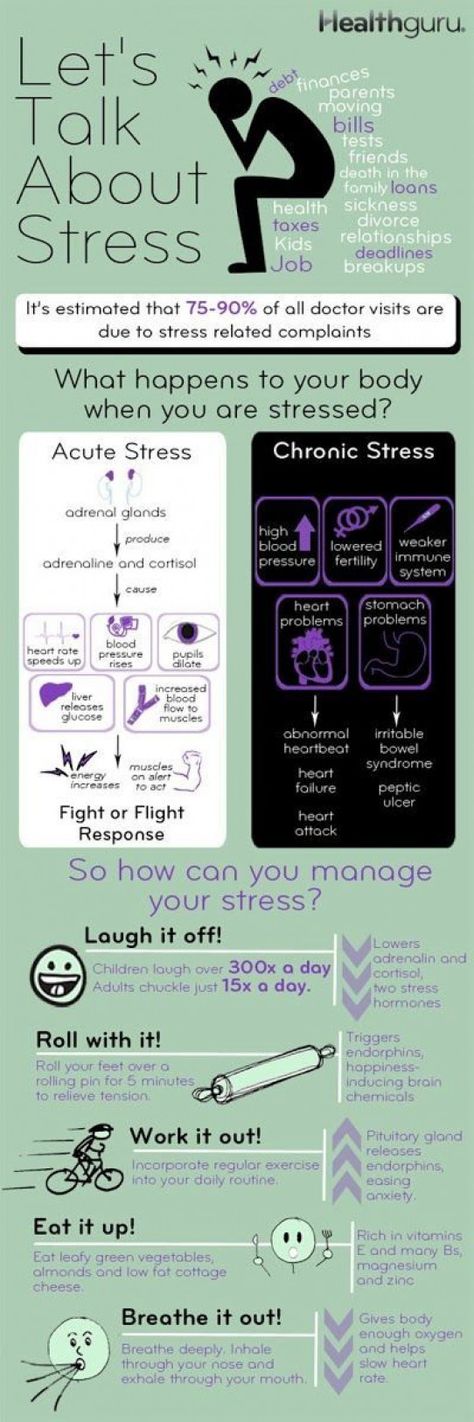 The state is saved until it ends. Characterized by excessive anxiety for one's own life, lethargy, confusion.
The state is saved until it ends. Characterized by excessive anxiety for one's own life, lethargy, confusion.
A chronic condition occurs after the trigger has been removed if the patient feels restless. It is possible that the clouding of the mind persists, the person does not understand what happened. Often there are changes in speech and motor functions.
In some cases, with PTSD, the stages of such a plan are not observed, a delayed form appears, that is, the characteristic symptoms appear after a few months, and before that the patient feels normal.
This medical problem also varies in severity. With a mild course of post-traumatic syndrome, the patient's state of health remains unchanged, the ability to work professionally and the ability to communicate with other individuals is preserved. With a severe degree of damage, chronic mental disorders are diagnosed, schizophrenia is possible. With prolonged progress, PTSD leads to malfunctions of the brain, affects the functioning of the endocrine and nervous systems.
Post-traumatic syndromes are characterized by diverse signs, depending on which the division into clinical types is provided: When detecting post-traumatic stress disorder, the main task of a specialist is to correctly differentiate the diagnosis by establishing the type and type. Vidkriti Zgornuti The main factor that provokes post-traumatic stress disorder is a tragic event, a traumatic situation. A psychologically healthy person can face PTSD, but the course of the disease will be easier for him than for a person with a shaken psyche. In all cases, the syndrome has an undulating course, often leading to a permanent change in personality. There is a reassessment of one's own ideals, one's importance in life, a change in old ideas. Vidkriti Zgornuti The list of symptoms of PTSD includes the following changes: Vidkriti Zgornuti According to statistics, the disease in children is detected no more often than in adults, but experts in the field of psychotherapy assure that the disorder in children progresses faster. Children are a risk group due to an increased predisposition to post-traumatic stress syndrome, impressionability and sensitivity. The reasons for the development of the problem in children are psychological trauma, unfavorable social conditions and individual developmental characteristics. Pathology is diagnosed by a child psychiatrist. The doctor determines what traumatic event occurred and what changes in the nervous system it provoked. During the diagnosis, the patient's reaction to the impact of stimuli is assessed, the presence of memories reproduced in a dream, during a game or in stories is clarified. A consultation with a child psychologist will allow you to establish the type of disorder, determine the scheme of influence and establish a prognosis for recovery. Treatment of PTSD in children is an ongoing work with a child psychologist or psychotherapist. Complex therapy requires the combined use of several techniques. The patient is shown cognitive-behavioral correction, psychotherapy and drug treatment aimed at stabilizing the work of the central nervous system. Vidkriti Zgornuti The diagnosis of PTSD should not be ignored. Over time, the problem can worsen and lead to irreversible complications. Only acute disorders can be corrected, after the transition to a chronic form, therapy is complicated, a pathological change in personality is observed. A person manifests pronounced narcissistic qualities, the development of alcoholism and drug addiction is not excluded. Together, these factors are unfavorable signs, and therefore aggravate the prognosis for recovery. Vidkriti Zgornuti Post-traumatic stress disorder is established on the basis of the patient's complaints about psychological trauma, tragic events in the past. Self-testing for PTSD is not always accurate because some factors may be hidden. Often the psychiatrist recommends an additional consultation in the presence of relatives or people from close circle. This allows you to differentiate the diagnosis and exclude the presence of other, symptomatically similar diseases. Vidkriti Zgornuti The treatment of PTSD is determined individually, taking into account the characteristics of the patient, the type of pathology and the presence or absence of comorbid disorders. The most effective are cognitive behavioral therapy and hypnotherapy. According to the indications, psychotherapy is combined with medication. Treatment of PTSD often requires the use of adrenergic blockers, antidepressants, tranquilizers, neuroleptics. As auxiliary methods, therapeutic massage is used. Vidkriti Zgornuti A rehabilitation doctor or psychotherapist can help prevent the development of serious problems. The main task is to start the impact immediately after the injury, to work out the event in a quality manner in order to prevent the problem from becoming chronic. Also, to prevent the development of post-traumatic stress disorder will help: The doctor should explain to the patient that an acute reaction to stress is normal for the human body. Another prevention of PTSD is to avoid possible stress and maintain mental balance. Vidkriti Zgornuti The article is for informational purposes only. Please remember: self-medication can harm your health. Vidkriti Zgornuti Vidkriti Zgornuti The author of the article: Elena Tarasenko Psychotherapist, psychiatrist If a problem is found, the patient should contact a psychiatrist. Specialists of the MEDICOM clinic working with the latest techniques will help you to undergo high-quality diagnostics and treatment of PTSD in Kyiv. You can seek help and take a test for PTSD at the clinic's subdivisions located in Obolon and Pechersk. Mental health requires careful attention, so it is better to turn to professionals! show more The main causes of PTSD
The causes of PTSD include:
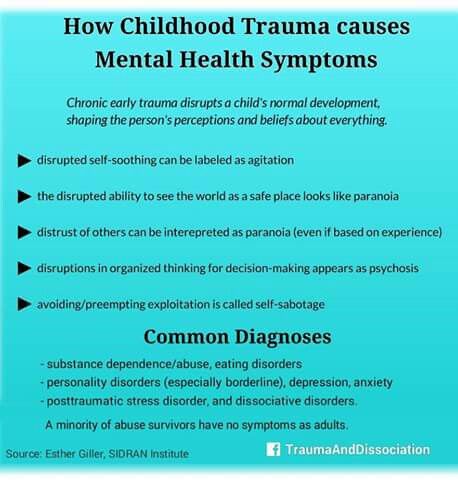
Clinical symptoms of PTSD
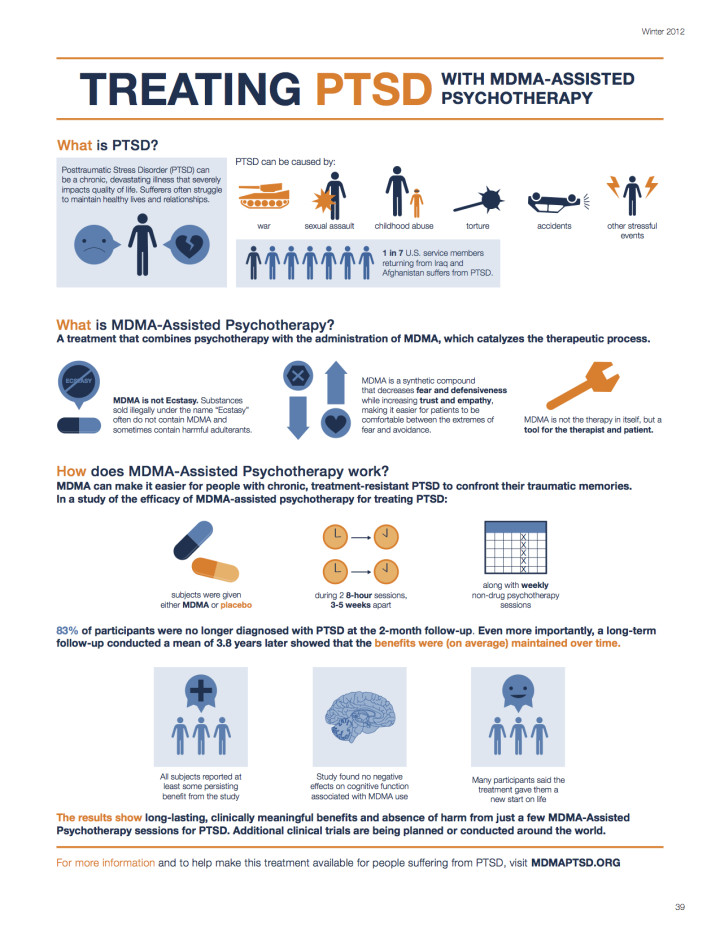
PTSD in children: features
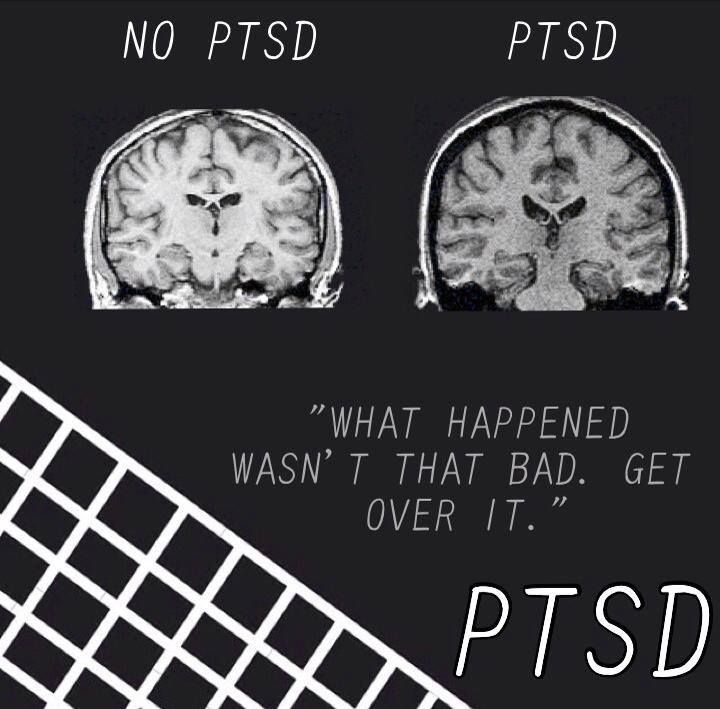
Complications
Diagnostics
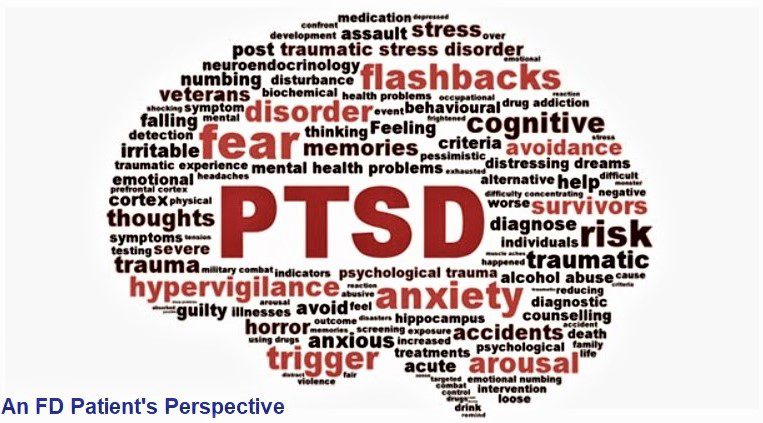 Diagnosis of PTSD is provided with the help of special questionnaires confirming the presence of criteria similar to the disease.
Diagnosis of PTSD is provided with the help of special questionnaires confirming the presence of criteria similar to the disease. Treatment
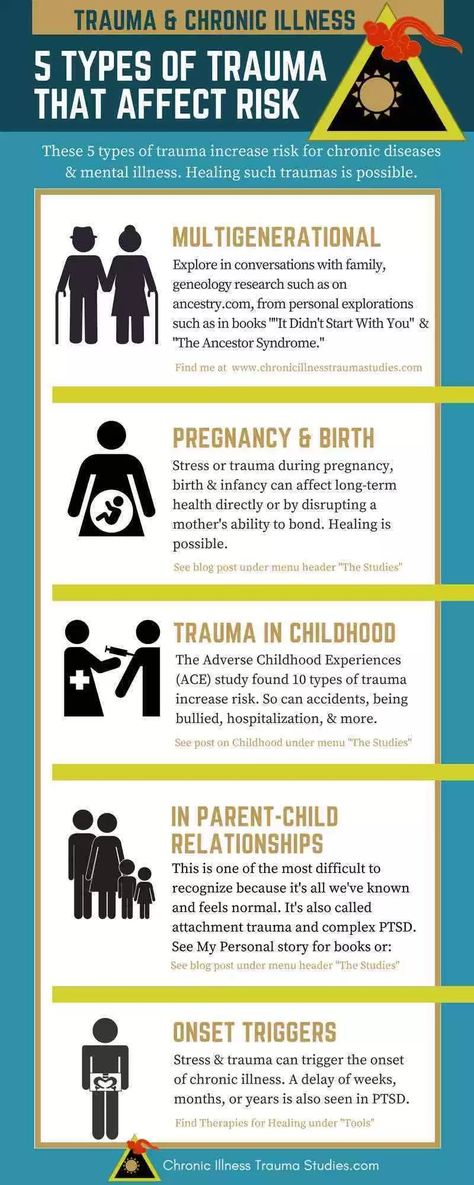
Prevention of PTSD
Sources
Which doctor treats PTSD?
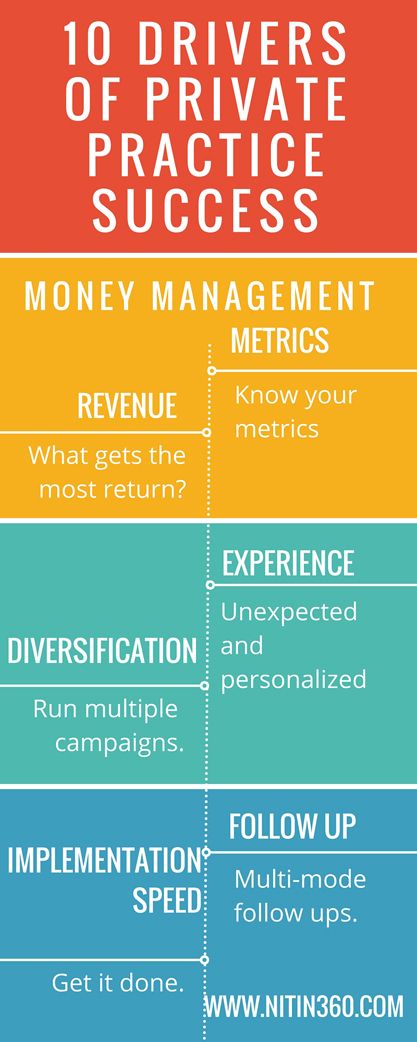 If signs of PTSD are found in a child, consultation with a child psychiatrist or psychologist is necessary. The consequences of PTSD can be irreversible, so it is very important to undergo a full examination, determine the type of pathology, establish the cause and work out a treatment regimen.
If signs of PTSD are found in a child, consultation with a child psychiatrist or psychologist is necessary. The consequences of PTSD can be irreversible, so it is very important to undergo a full examination, determine the type of pathology, establish the cause and work out a treatment regimen. Certificates
Reviews
10/23/2021 18:14
Alexander
To the author. Definitely, PTSD is really serious. Skoda, which doctors know, do not outperform neither sick nor relatives. I broke my ankle for 3 years: 4 operations, then 3 fates in the police, fear that I would become disabled, depression, and the pressure of my relatives simply made me crazy. I don’t show how self-tapping can come in. Obov'yazkovo idit to the psychologist.
I don’t show how self-tapping can come in. Obov'yazkovo idit to the psychologist.
11.09.2021 20:40
Galina Andriivna Sinyavska
She licked on the wet bed near the kitchen. I had a compression fracture of the ridge, I wanted to die. I had to visit a psychologist. Without її help, I would not have run into it. The psychologist gave a reason to overcome fears and come to the solution of the problem.
07/30/2021 10:47
Valentina
Thank you majesty, that important article was written with grace. I learned a lot of new things. At once, I’ll lie on the knight with a fracture, I’ll be respectful to the new. I would not have thought before that about the mental state of a person after a serious injury, you also need to be turbulent.
15.06.2021 18:26
Vitaly
Thank you for the information and help. Kulik Maria Sergeevna is a very good specialist. So far, we have come to the consultation without the child, in order to reconnoiter the situation, so to speak.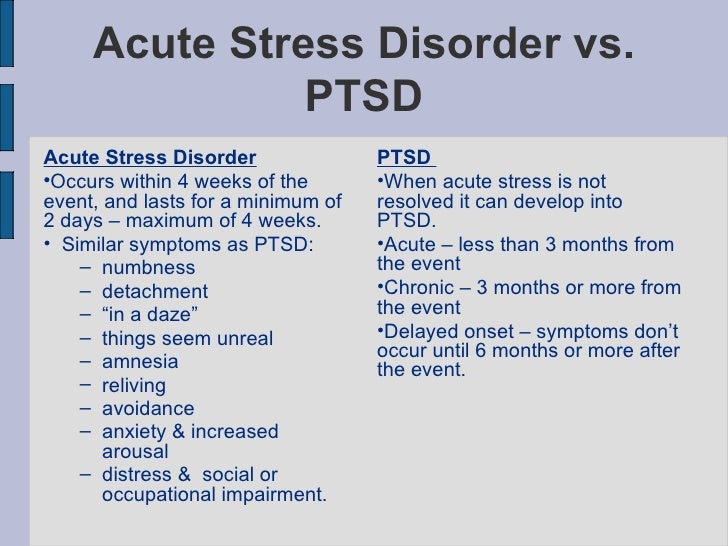 The doctor was very friendly, asked a lot of questions, then gave recommendations on how to behave with our son after being beaten by classmates at school. He is very closed, and we are slowly slipping into despair. Now the only hope is for Maria Sergeevna.
The doctor was very friendly, asked a lot of questions, then gave recommendations on how to behave with our son after being beaten by classmates at school. He is very closed, and we are slowly slipping into despair. Now the only hope is for Maria Sergeevna.
22.05.2021 11:55
Olga
Thank you Kulik Mariya Sergievna for help. We have fired houses, it became late at night. Thank you to relatives from Kiev, who gave them a seat. Alesina became unrecognizable. The axis of infection from Sergiyk seems to be a psychologist, who at night finds uncontrollable panic on him, and it is unrealistic to calm down. Already after the third session, I remembered the progress.
05/01/2021 12:21
Mikhailo Valentinovich
Thank you for the information. Children are especially susceptible to mental trauma at a time. Recently, my team died of cancer, I can’t know the language of the child, although earlier we were closer. At the nearest future, I will turn to her for help to a psychologist.